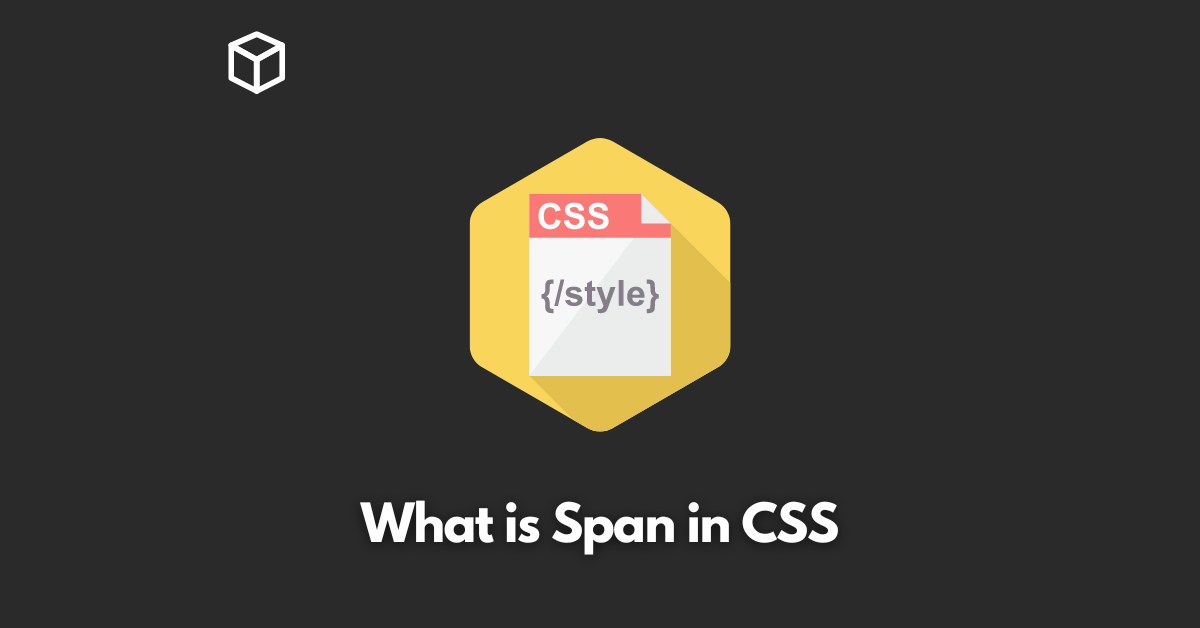When it comes to styling text on a website, CSS offers a wide range of options for applying different styles to different parts of your content.
One important element in this process is the span element.
In this tutorial, we’ll take a deep dive into what spans are, how to use them in HTML and CSS, and some advanced techniques for creating dynamic and interactive effects.
What is a Span in CSS?
A span in CSS is a type of inline-level element that can be used to apply styles to small blocks of text within a larger block of text.
It’s similar to the div element, which is a block-level element, but unlike the div, a span does not create a new line after it and does not take up the full width of its parent container.
This means that you can use spans to apply styles to specific words, phrases, or sentences within a larger block of text, without affecting the rest of the content on the page.
Using Spans in HTML
To create a span element in HTML, you can use the tag.
Here’s an example of how you would use a span to apply a different color to a specific word within a paragraph:
<p>This is a <span style="color: red;">example</span> of using a span element in HTML.</p>
As you can see, the tag is used to enclose the specific word that you want to style.
In this case, the word “example” will be displayed in red, while the rest of the text in the paragraph remains the same.
Styling Spans
While you can use the style attribute in the HTML code to apply styles to spans, it’s generally better practice to use CSS stylesheets to control the look and feel of your website.
Here’s an example of how you would use CSS to apply the same red color to all instances of the word “example” within a page:
span.example {
color: red;
}In this case, we’ve used a class called “example” to target all span elements with that class. Now, any span element with the class “example” will be displayed in red.
Advanced Span Techniques
Spans are not only used to add style to the text, but it can also be used to create dynamic effects on the webpage.
One common example is using spans to create hover effects. You can use CSS to change the style of a span when a user hovers over it with their mouse.
Another example is using JavaScript to create dynamic effects with spans. Using JavaScript, you can make the spans interact with other elements on the page, like images, videos, or other text.
Best Practices
When using spans, it’s important to keep in mind that they should be used sparingly, and only when you need to apply specific styles to small parts of your content.
Overuse of spans can make your HTML and CSS code more complex and harder to maintain.
It’s also important to use meaningful class names when styling spans, to make it easier to understand what the code is doing.
Conclusion
In this blog post, we’ve covered what spans are in CSS, how to use them in HTML and CSS, and some advanced techniques for creating dynamic and interactive effects.
Spans are a powerful tool for styling text on a website, but it’s important to use them wisely and keep your code organized and maintainable.
For more information on using spans in CSS, check out the following resources:
With the knowledge of spans, you can make your website look more organized and professional by applying styles to specific elements of your content.
Always remember to use them sparingly and to use meaningful class names to make your code easy to understand.




